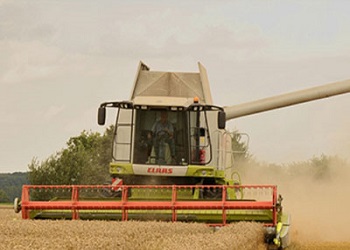- Details
This paper provides a summary of findings and policy recommendation based on a series of eight case studies that document foreign direct investment in Georgia’s agriculture and food processing sectors. The investors are in a variety of industries, including grape and wine production, hazelnuts, poultry, cereals and medicinal herbs, pickled fruit and vegetables, and apple concentrate and aroma. Each study includes a detailed discussion of factors concerned with the general policy and business environment, such as protection of property rights, taxation, access to finance, land, labor and other production factors, the range and quality of suppliers and service provider networks, and quality of infrastructure. The analysis focuses on the strategies investors employed, and the effectiveness of those strategies, in dealing with shortcomings in the business enabling environment and other challenges they faced investing in Georgia.
- Details
In March 2014, Heifer Georgia launched its “Comprehensive study on the Georgian sheep value chain” project. Heifer Project International, the umbrella organization of Heifer Georgia, intends to support the development of the Georgian sheep sector for the next decade, starting with sheep wool processing. In order to ensure a sound basis for implementing further projects, this study presents an analysis of the current situation and future challenges in the Georgian sheep value chain. The objectives of this study are to document current sheep and sheep product value chains (focusing on wool), show its structure and the interrelations between the different links of the value chain, identify strengths and weaknesses, and give recommendations for further development. The study was undertaken by the five members of the team from April to June 2014.
- Details
This project aims to support the development of business-oriented small farmer groups (e.g., agricultural cooperatives) with the goals of increasing agricultural productivity and reducing rural poverty in Georgia.
Many households across Georgia are engaged in agricultural pursuits. In most cases, these households are producing at a subsistence or semi-subsistence level, with limited connections to the market. The movement to support the development of business-oriented farmer groups (e.g., agricultural cooperatives) is considered to be one way to help farming households achieve higher incomes and productivity levels.













